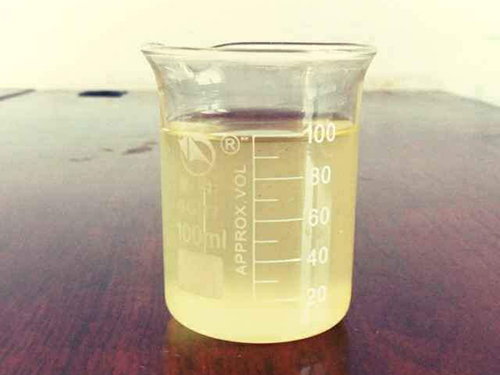Synthesis and Applications of Diethylenetriamine Pentamethylene Phosphonic Acid in Chemical Processes
Diethylenetriamine Penta Methylene Phosphonic Acid An Overview of Its Properties and Applications
Diethylenetriamine penta methylene phosphonic acid (DTPMPA) is a significant organic compound in the field of coordination chemistry and water treatment. As a phosphonate, DTPMPA is characterized by its ability to chelate metal ions, making it an invaluable agent in various industrial applications. This article will explore the properties of DTPMPA, its synthesis, and its practical applications in different sectors.
Chemical Structure and Properties
DTPMPA is derived from diethylenetriamine and features five methylene phosphonic acid groups. Its chemical formula is C10H20N2O5P5, reflecting a complex structure that involves nitrogen, carbon, oxygen, and phosphorus. The presence of multiple phosphonic acid groups allows DTPMPA to form stable complexes with a wide range of metal ions, including calcium, magnesium, and iron. This chelating ability is crucial in various applications, especially in water treatment and industrial processes.
The acidic nature of DTPMPA enhances its solubility in water, making it effective in aqueous solutions. It typically exists as a white crystalline solid, and its pH level can vary depending on the concentration of the solution. DTPMPA is stable under a broad range of pH levels but is particularly effective in alkaline environments.
Synthesis of DTPMPA
The synthesis of DTPMPA involves several steps starting from diethylenetriamine. The process usually includes the reaction of diethylenetriamine with phosphorus-containing reagents, typically leading to the formation of methylene phosphonic acid groups. Depending on the required purity and concentration, the reaction conditions, such as temperature and reagent concentrations, can be carefully controlled to yield high-quality DTPMPA.
In industrial settings, DTPMPA is produced on a large scale, with particular attention paid to maintaining the quality and environmental safety of the synthesis process. As regulations regarding chemical production become increasingly stringent, manufacturers are adopting greener synthetic pathways to minimize environmental impact.
Applications of DTPMPA
diethylenetriamine penta methylene phosphonic acid

DTPMPA has diverse applications across various industries, primarily due to its chelating properties
1. Water Treatment One of the most significant uses of DTPMPA is in water treatment facilities. It is employed to prevent scale formation in boiler systems by sequestering calcium and magnesium ions, thus improving the efficiency and lifespan of these systems. Additionally, DTPMPA is used in cooling water systems, helping to control corrosion and deposit formation.
2. Detergents and Cleaning Agents In the formulation of detergents, DTPMPA acts as a builder, enhancing the performance of surfactants in hard water. Its chelating ability helps dissolve metal ions that may interfere with the cleaning process, making it easier to remove dirt and stains.
3. Agriculture DTPMPA is increasingly being recognized for its potential in the agricultural sector. It is utilized as a component in fertilizers, improving nutrient availability by chelating essential trace metals required for plant growth. This use enhances the efficiency of fertilizers, leading to improved crop yields.
4. Cosmetics and Personal Care Products The cosmetic industry also benefits from DTPMPA, where it is included in formulations for its stabilizing properties. It helps maintain product integrity by preventing metal-induced degradation.
5. Pharmaceuticals In pharmacology, DTPMPA's ability to bind metal ions can play a role in drug formulation, potentially acting to enhance bioavailability or modulate the release profile of certain medications.
Conclusion
Diethylenetriamine penta methylene phosphonic acid is a versatile compound with a wide array of applications across various industries, most notably in water treatment, detergents, agriculture, cosmetics, and pharmaceuticals. Its unique chemical properties, particularly its chelating abilities, make it an essential ingredient in enhancing the efficiency and effectiveness of numerous products. As research into its applications continues, DTPMPA will likely play an increasingly vital role in industrial processes and environmental management.
-
Water Treatment with Flocculant Water TreatmentNewsJun.12,2025
-
Polymaleic AnhydrideNewsJun.12,2025
-
Polyaspartic AcidNewsJun.12,2025
-
Enhance Industrial Processes with IsothiazolinonesNewsJun.12,2025
-
Enhance Industrial Processes with PBTCA SolutionsNewsJun.12,2025
-
Dodecyldimethylbenzylammonium Chloride SolutionsNewsJun.12,2025





